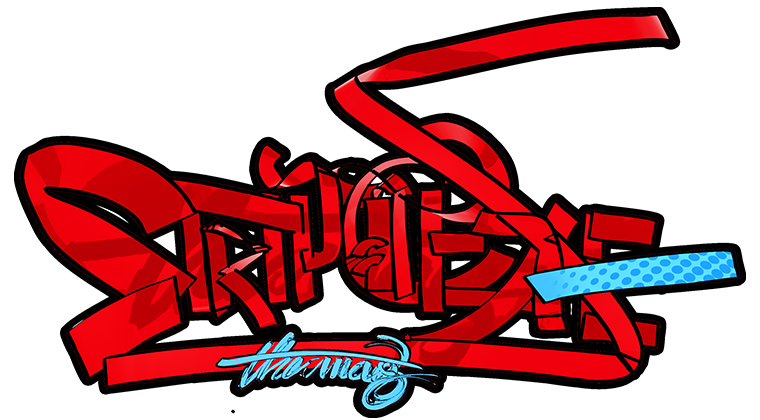Of Silent Screams And Macabre Endings: Thomas Ott
 The term “graphic novelist” is really a misnomer and rather a limitation when it comes to describing Swiss horror artist Thomas Ott. For one, he employs neither dialogue nor captions in his works, preferring to let his art do all the talking, and the rare words have a strict utilitarian purpose. Secondly, the art itself is rendered through the unique technique of scratch cards- he painstakingly uses knives on black coloured scratch boards to reveal white lines beneath, which then manifest into intricate, and more often than not, horrific images. Difficult to pin down (literally so- even the Wikipedia entry on Ott is in Swiss, and sparse at that), Ott seems to be an artist as intriguing as his characters.
The term “graphic novelist” is really a misnomer and rather a limitation when it comes to describing Swiss horror artist Thomas Ott. For one, he employs neither dialogue nor captions in his works, preferring to let his art do all the talking, and the rare words have a strict utilitarian purpose. Secondly, the art itself is rendered through the unique technique of scratch cards- he painstakingly uses knives on black coloured scratch boards to reveal white lines beneath, which then manifest into intricate, and more often than not, horrific images. Difficult to pin down (literally so- even the Wikipedia entry on Ott is in Swiss, and sparse at that), Ott seems to be an artist as intriguing as his characters.
Ott’s artistic renditions are enveloped in a world of blacks, whites and greys- there is absolutely no scope for colour. Appropriately so, since the images speak of a bleak, surreal and often confounding world. In an interview, he once mentioned having had “black thoughts” since he was a boy, and drawing ghouls and monsters since a tender age. As the artist has graduated onto a more public stage, his work seems to have only gotten more nuanced. Ott seems to have been deeply influenced by Expressionist silent cinema, and not just because of the lack of dialogues- there is a haunting, brooding quality to his work, and reality often distorts into radical horror to evoke emotions.
Cinema Panopticum for instance, one of his better known works, is the story of a young girl who finds herself in a carnival and unwittingly wanders into a tent with a banner bearing the eponymous name. Inside the tent are boxes with screens containing a title on the box and a film, costing only a dime, just right for the girl’s limited pocket money. As she sees each movie, little by little, her innocence is stripped away as she is made to witness the horrific accidents of humanity, though the worst is saved for the last…
It is in this vein of distorted reality that his work runs, one of the best other example being Greetings from Hellville, a chilling collection of horror shorts. While a morose man attempts numerous failed suicides only to die in a freak accident, a man is brutally punished for being an enlightened soul. A Ku Klux Klan member chews off his own fingers which lynched a group of black men, and an odd young man receives a new sight at a terrible price.
Stylish, dark and twisted, there is a thread of macabre humour which runs through his work, Washing Day being the perfect epitome of that. A mercenary hitman is ordered a kill on a dwarf, and much to his chagrin, realizes never to underestimate a small man. In Dead End, we see that a stroke of good luck can very well turn into a fatal encounter and that, well, karma can be a real pain to deal with. The Number 73304-23-4153-6-98, however, is my favourite of all, as mysterious motifs, stark imagery, black comedy and twisted endings come together into a potent, heady cocktail of a graphic novel. A solitary executioner, while cleaning up the execution chamber of the prisoner he executed to death, comes across a scrap of the paper with a combination of numbers on it. Soon, he is led to believe that his luck has taken a turn for the better, though in true Ottelian style, things are not what they seem, and everything suddenly, without warning, soon morphs into an Edvard Munch nightmare. The novel is a veritable delight for horror fans, and haunts one long after it’s been done with.
Though long popular in underground comic and graphic novel circles in Europe, Ott’s works have only been translated in the last decade by Fantagraphics into English. There is a whole lot of work out there which is yet to be made available, and one can only hope that it is done as soon as possible, delighting horror and silent comics fans everywhere.

